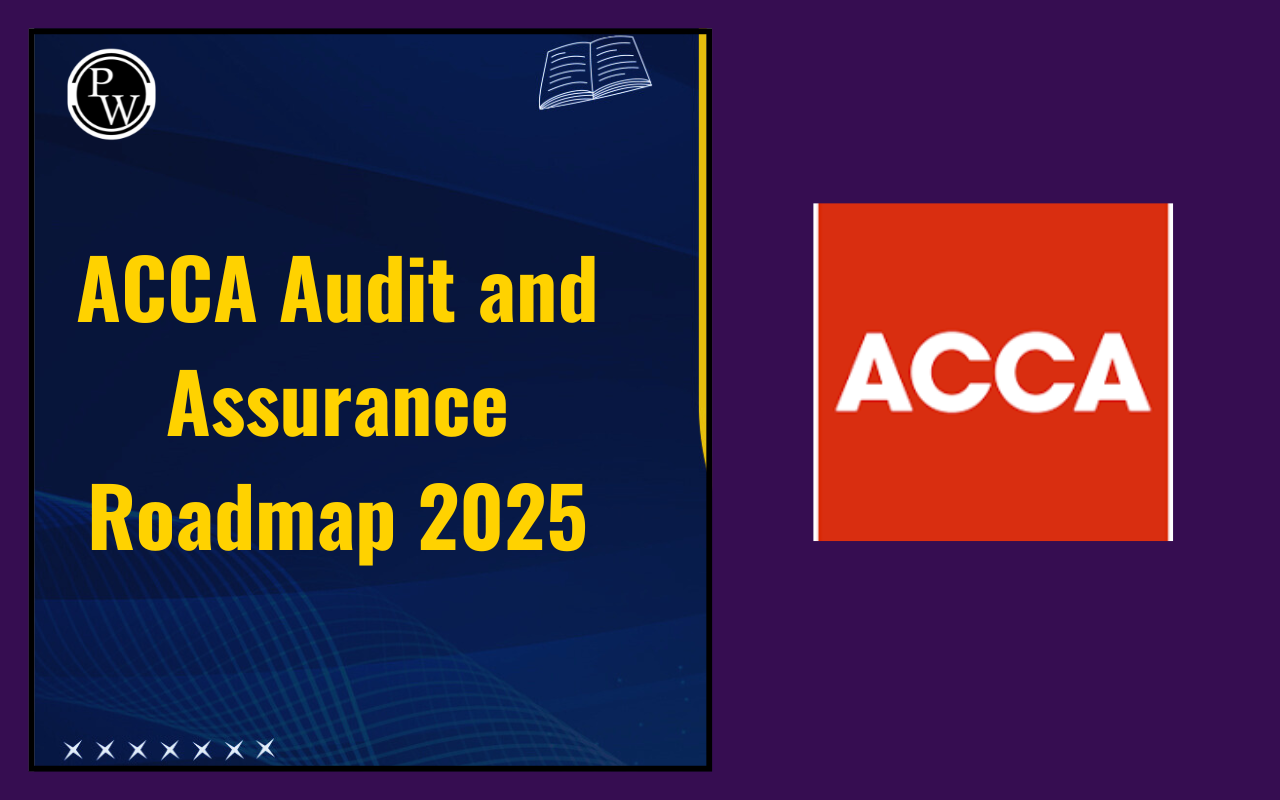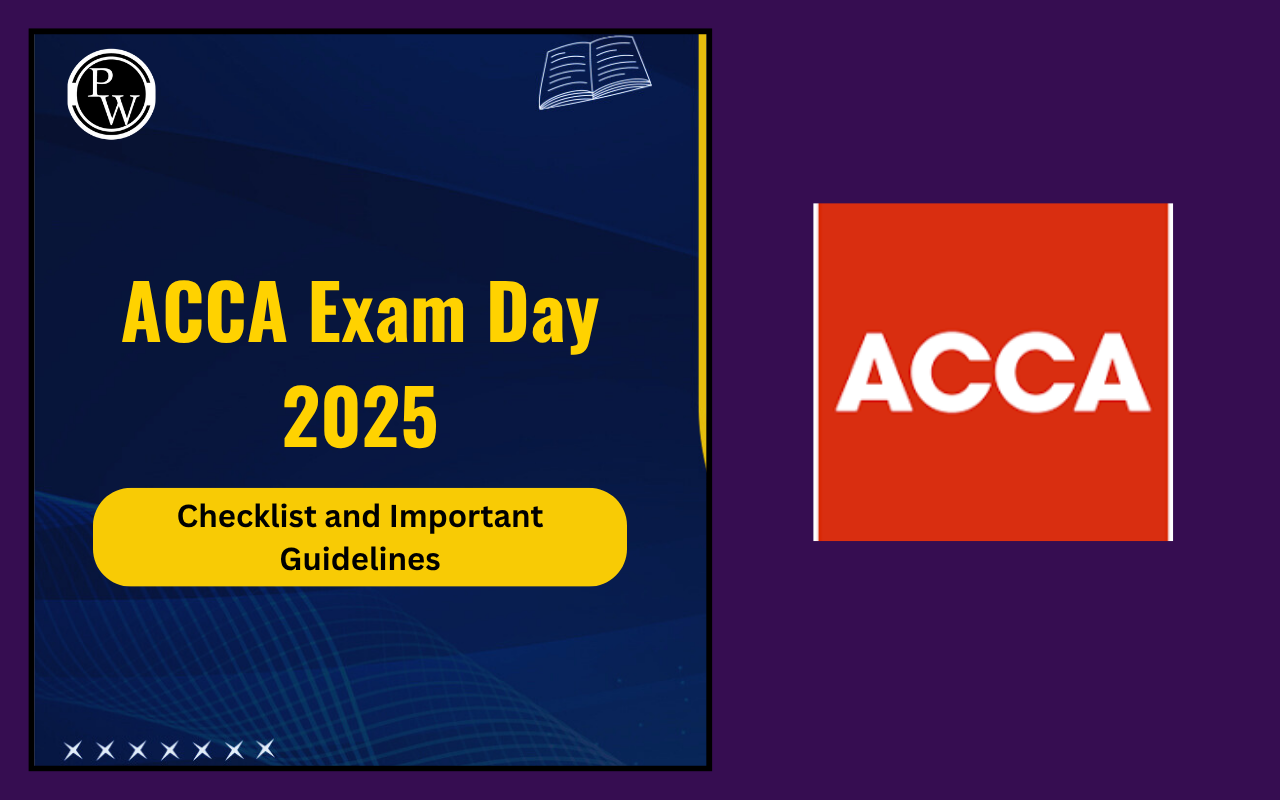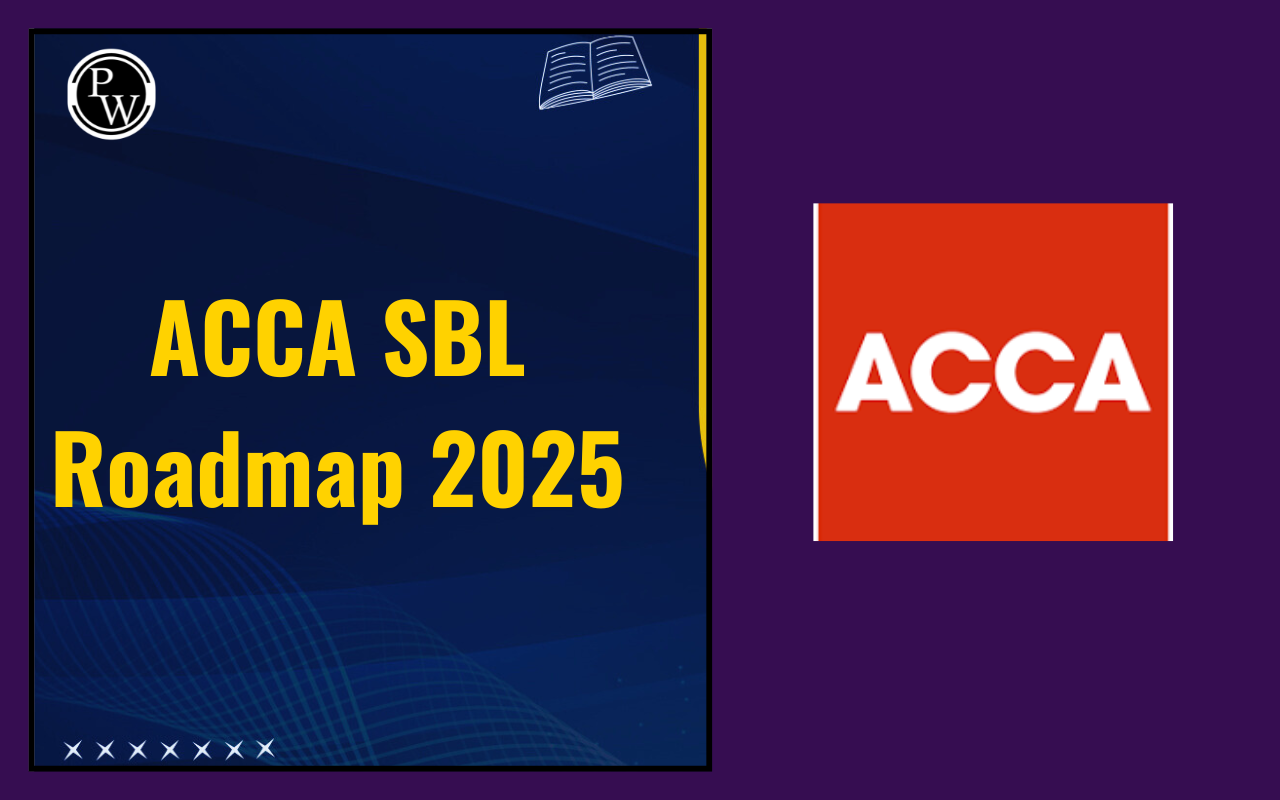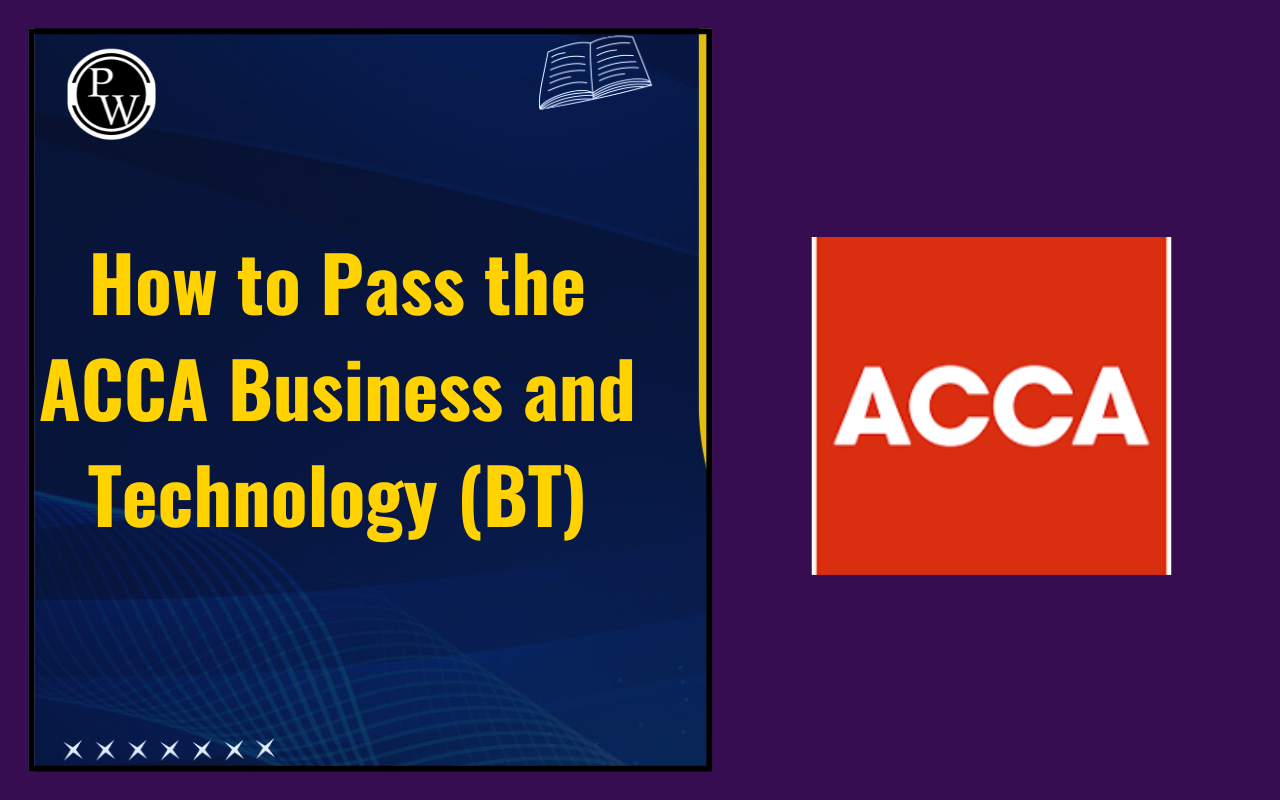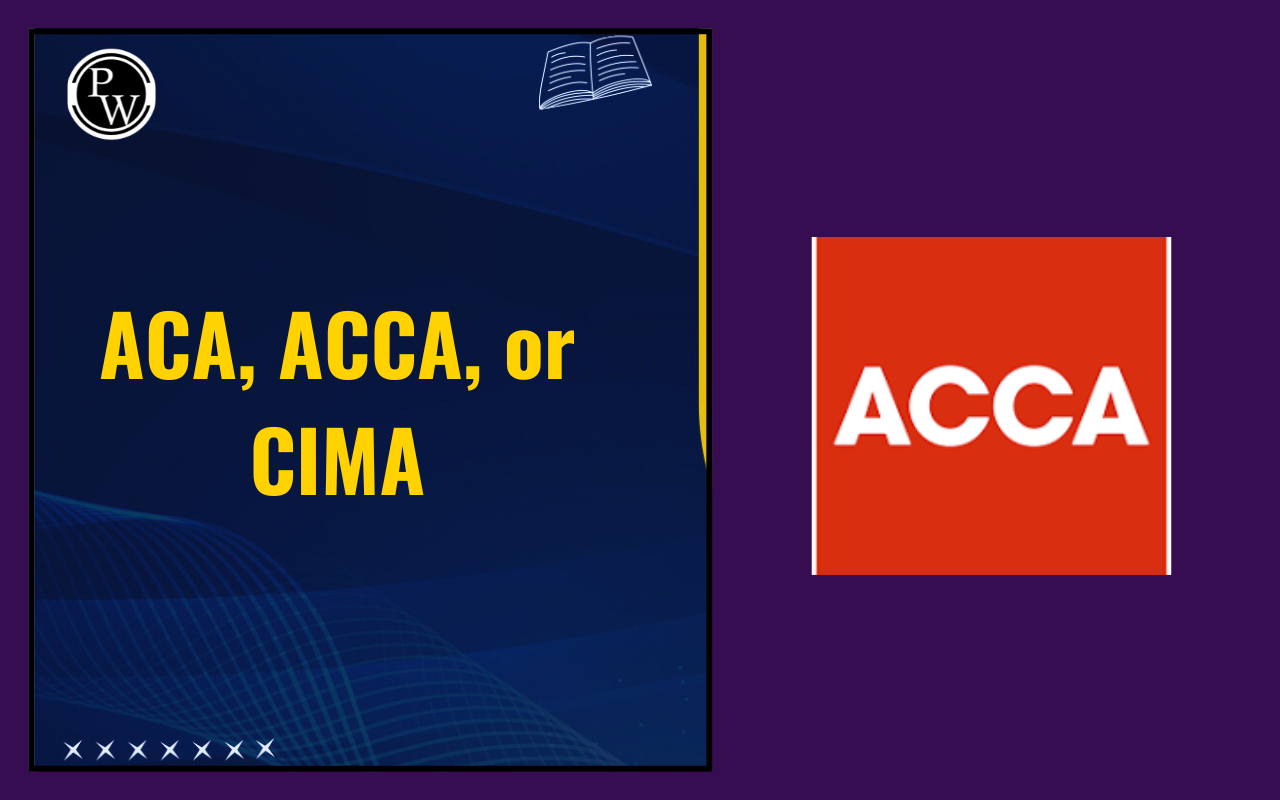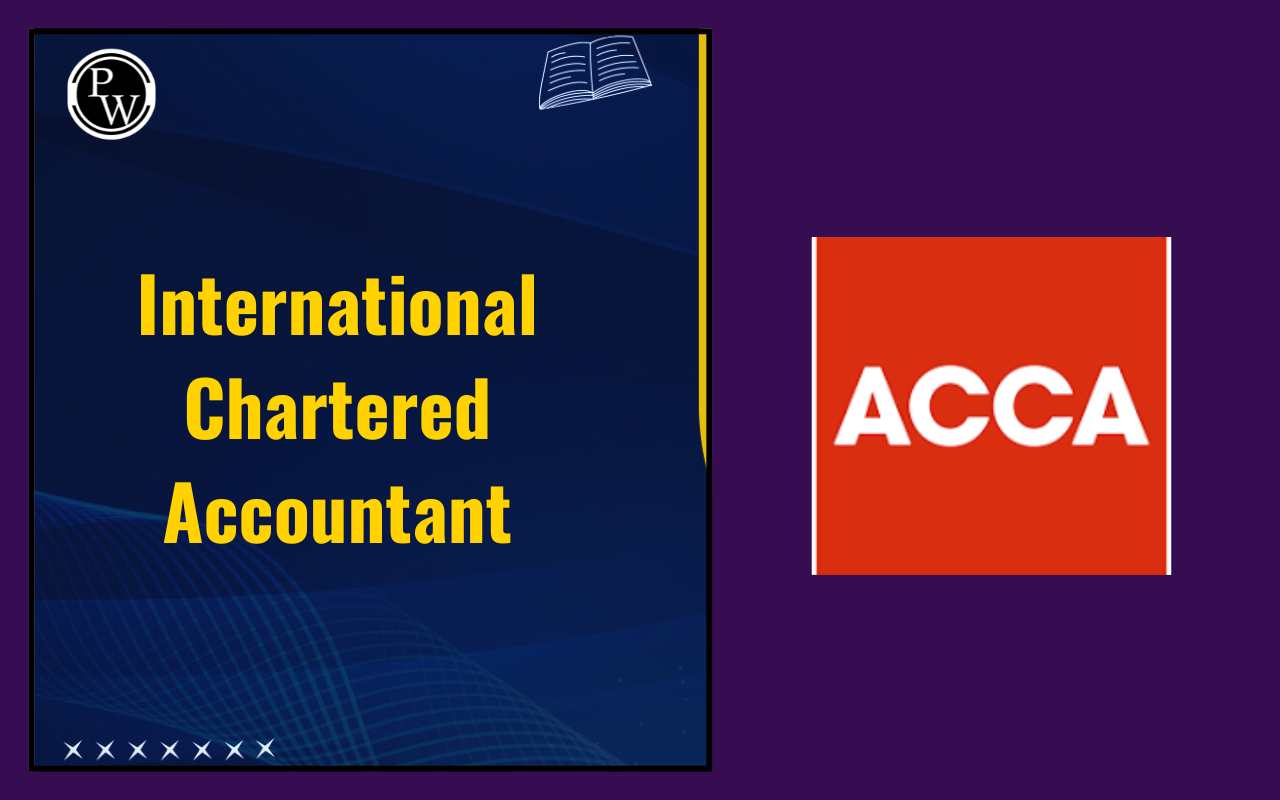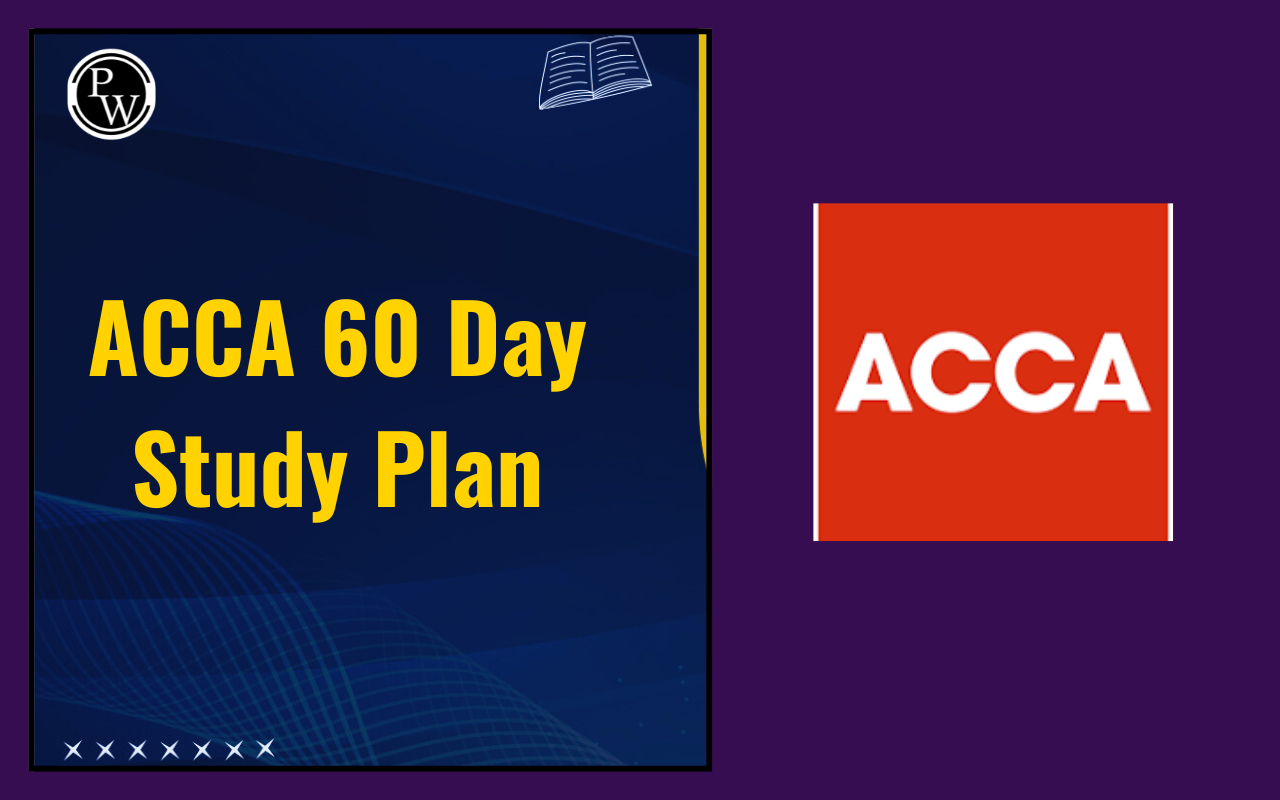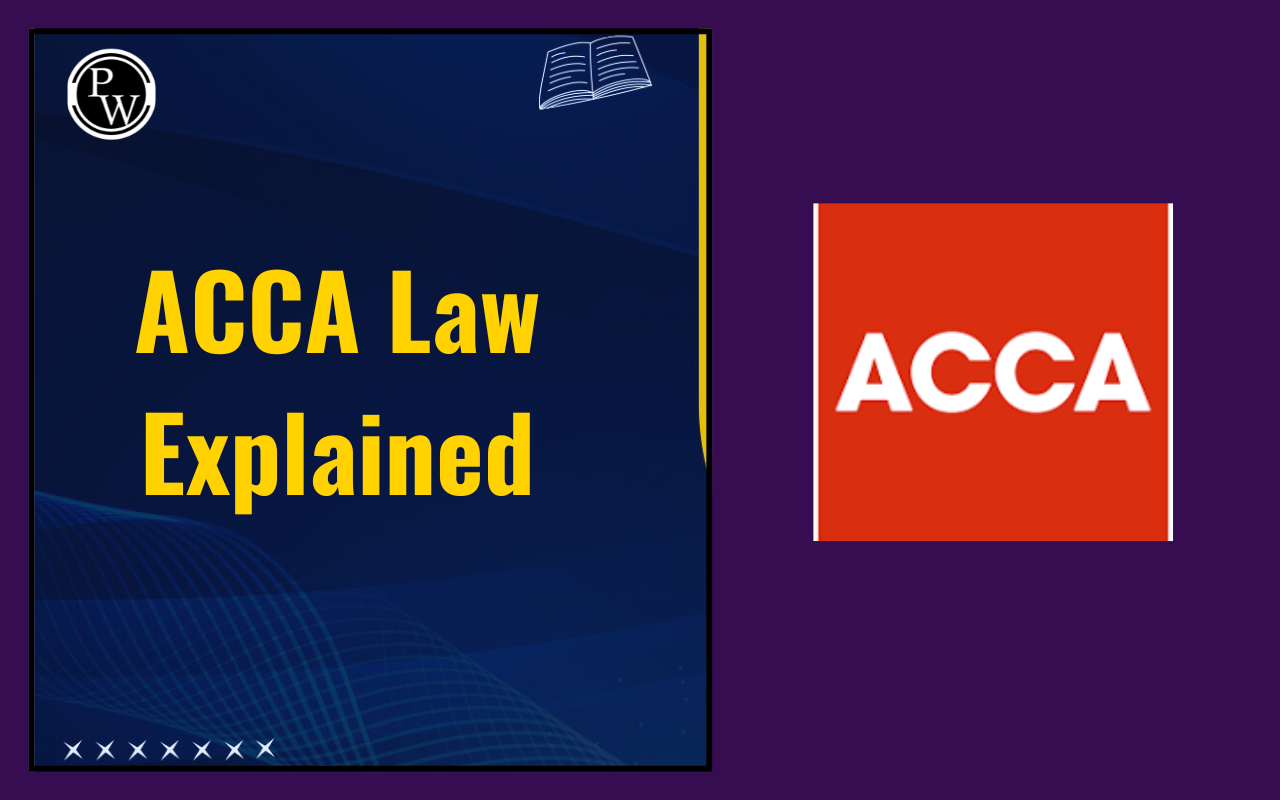
Irrecoverable Debts: In financial accounting, one of the most important topics is Receivables Management. Businesses often sell goods or services on credit. This means customers do not pay immediately but are allowed some time to make the payment. While this helps in increasing sales, it also brings the risk that some customers may never pay back. When this happens, it is called irrecoverable debt.
To deal with this situation, accountants use two concepts: irrecoverable debts and allowance for doubtful debts. Both are linked to the principle of prudence, which means accountants should never overstate profit and should always be ready for possible losses. Let us study these two concepts step by step.
What are Irrecoverable Debts?
Irrecoverable debts are very simple, These are the amounts that a business knows it will never receive from its customers. For example, if a customer goes bankrupt or refuses to pay, that debt becomes an irrecoverable debt.
These debts are also called bad debts. Once a. debt is marked as irrecoverable, it is written off in the books of accounts. This helps show the true financial position of the business. Recording them correctly is important for ACCA Financial Accounting (FA/F3).
Businesses face irrecoverable debts quite often, and accountants must make proper entries so that the financial statements remain accurate.
Journal Entry for Irrecoverable Debts
When a debt is confirmed as irrecoverable, the accountant records it as an expense. Below, we’ve mentioned the irrecoverable debts journal entry is shown:
| Journal Entry for Irrecoverable Debts | |||
| Date | Particulars | Debit (₹) | Credit (₹) |
| xx/xx/xxxx | Bad Debt Expense A/c | xxx | |
| Receivables (Debtors) A/c | xxx | ||
This entry reduces the receivables balance in the books and records the loss as an expense in the Profit and Loss account.
The irrecoverable debts journal entry ensures that the business does not show income that it will never earn.
What is Allowance for Doubtful Debts?
While some debts are confirmed as irrecoverable, there are also cases where the business is not fully sure whether the customer will pay or not. In such cases, businesses create an allowance for doubtful debts.
This allowance is an estimate of possible future irrecoverable debts. It does not mean that all customers will fail to pay, but it prepares the business for some expected losses. This allowance is sometimes also called allowance for irrecoverable debts.
The irrecoverable debts and allowance for doubtful debts go hand in hand. One deals with actual losses, while the other deals with expected losses.
Check, also: IAS 38 INTANGIBLE ASSETS
Difference Between Irrecoverable Debts and Allowance for Doubtful Debts
Below, we’ve mentioned a clear difference between the two:
| Difference Between Irrecoverable Debts and Allowance for Doubtful Debts | ||
| Basis | Irrecoverable Debts | Allowance for Doubtful Debts |
| Meaning | Actual loss that cannot be collected | Estimate of future possible losses |
| Nature | Certain and confirmed | Uncertain and expected |
| Journal Entry | Bad Debt Expense A/c Dr. To Receivables A/c | Bad Debt Expense A/c Dr. To Allowance for Doubtful Debts A/c |
| Impact | Reduces receivables directly | Shown as a contra account to receivables |
Journal Entry for Allowance for Doubtful Debts
When a business creates an allowance for doubtful debts, the following entry is made:
| Journal Entry for Allowance for Doubtful Debts | |||
| Date | Particulars | Debit (₹) | Credit (₹) |
| xx/xx/xxxx | Bad Debt Expense A/c | xxx | xxx |
| Allowance for Doubtful Debts A/c | |||
This entry reduces profit in the Profit and Loss account because it treats doubtful debts as a possible expense.
The account called allowance for irrecoverable debts is shown as a deduction from total receivables in the Balance Sheet.
Effect on Profit and Loss and Balance Sheet
In the Profit and Loss account, both actual losses and expected doubtful amounts must be recorded. This gives a fair picture of the true profit earned during the year.
| Effect on Profit and Loss | ||
| Item | Treatment | Impact on Profit |
| Irrecoverable Debts | Shown as an expense in P&L | Decreases profit (actual loss) |
| Allowance for Doubtful Debts (created) | Expense recorded in P&L | Decreases profit (expected loss) |
| Allowance for Doubtful Debts (reduced) | Reversal shown in P&L | Increases profit (lower expected loss) |
Effect on Balance Sheet
In the Balance Sheet, receivables are never shown at their full value. They are always adjusted for actual losses and expected doubtful amounts. This ensures that only the realisable value of receivables is displayed.
| Effect on Balance Sheet | ||
| Item | Treatment | Impact on Receivables |
| Irrecoverable Debts | Deducted directly from receivables | Reduces receivables balance |
| Allowance for Doubtful Debts | Shown as a separate contra account under receivables | Reduces net receivables |
| Net Receivables | Gross Receivables – Irrecoverable Debts – Allowance | Shows the actual expected collection |
The study of irrecoverable debts and allowance for doubtful debts is very important for ACCA Financial Accounting (FA/F3). Businesses must accept that not all credit sales will turn into cash. Some debts will be lost, and some may only be doubtful.
- Irrecoverable debts meaning is actual loss that cannot be recovered.
- Allowance for doubtful debts is a provision created to cover possible future losses.
- The irrecoverable debts journal entry directly reduces receivables and records the loss in Profit and Loss.
- The entry for allowance for irrecoverable debts sets aside an estimated expense and reduces net receivables.
By using both these methods, businesses follow the prudence principle and show a true and fair financial picture. For students, understanding journal entries and their impact on Profit and Loss and Balance Sheet is key to exam success.
Irrecoverable Debts FAQs
What are irrecoverable debts in financial accounting?
What is the difference between irrecoverable debts and allowance for doubtful debts?
What is the irrecoverable debts journal entry?
Why do businesses create an allowance for doubtful debts?


